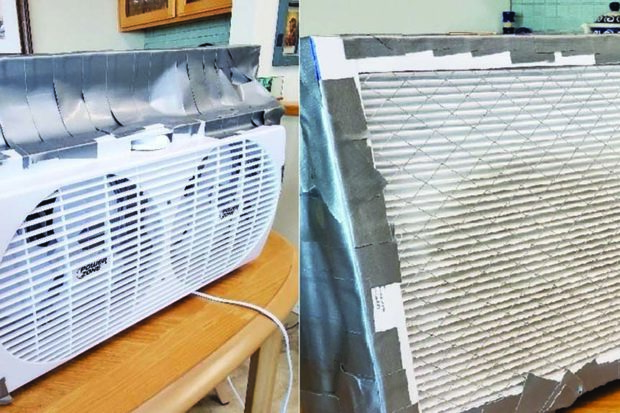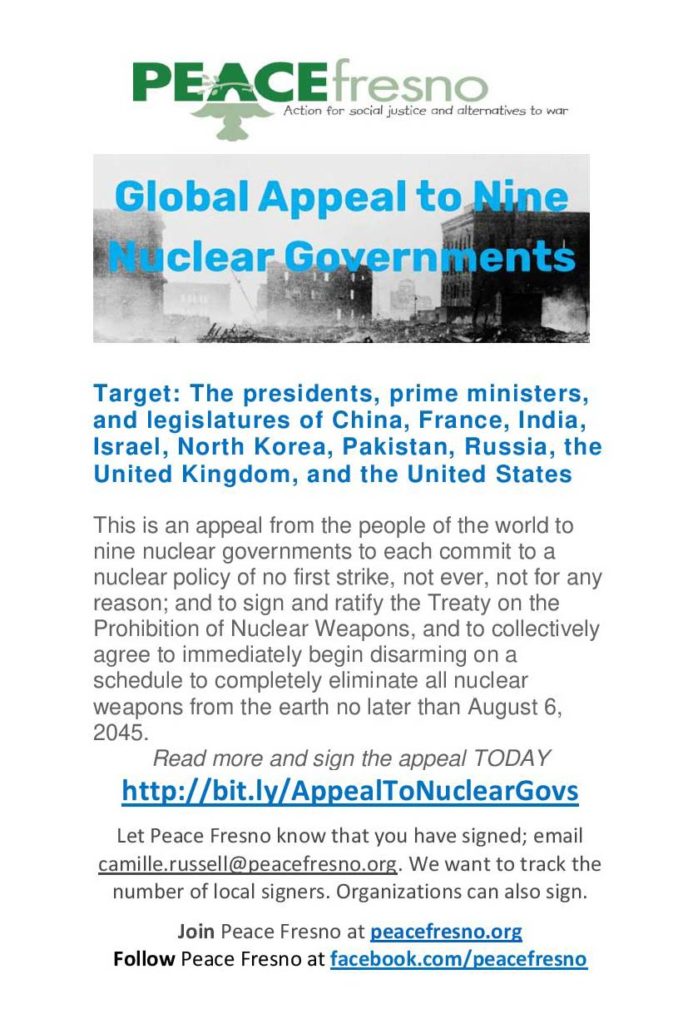
By Tom Frantz
How many residents of the San Joaquin Valley live in homes with swamp coolers that suck in outside air through a water-soaked mat of loose fibers and that require at least one window elsewhere in the home to remain open?
How many residents live in homes at least 50 years old that have single-pane windows, uninsulated walls and door jams through which outside light is visible?
How many residents live in a really tightly closed home, probably 20 years old or less, which circulates the inside air through a $50 HEPA (high-efficiency particulate air) filter?
Obviously, Valley residents live in all these scenarios with the majority of residents in the first two categories.
The fact is, when the air is really ugly outside, the pollution finds its way into our homes. Where people have inside air monitors the air quality is often measured at around half the pollution level found outside. This might be OK when particulate levels are at 100 on the federally designed Air Quality Index (AQI) but it’s not OK when the air outside is unhealthy or hazardous with an AQI of 150 or higher.
The San Joaquin Valley has two related problems: substandard housing for a huge group of low-income residents and horrible air quality for most of the year. The latest smoke from wildfires on top of our normal fall pattern of both high ozone and lung-clogging particulate matter (both dust and ultrafine particles) has made even staying indoors harmful to public health much less working outside harvesting crops.
The wealthy, or at least the few who actually understand our air quality issues, have purchased room air cleaners or purifiers and installed the highest-quality HVAC (heating, ventilation and air conditioning) filters. These items are currently scarce in local hardware stores.
Someone with asthma or COPD (chronic obstructive pulmonary disease) can be comfortable in homes with indoor air filtration. But knowledge about the severity of indoor air quality is lacking in the general population.

A majority of residents have not purchased indoor air filters. They are either ignorant of the problem or lack the necessary funds. A good room purifier can cost $500. Something that both cleans the air and completely exchanges the air four times per hour, which is ideal, will cost more than $1,000.
Also, some air purifier manufacturers make wild claims about their devices destroying pollution and viruses, and a resident can be easily cheated with an expensive purchase. Some air cleaners even make ozone, which is claimed to be healthy but is the last thing someone needs in the San Joaquin Valley where pollution-caused ozone is at unhealthy levels for half the year.
It is time for health agencies to do more to protect low-income residents in their homes. The San Joaquin Valley Air Pollution Control District (air district) has failed in its duty to clean up our air from large polluting sources such as factory animal farms, glass factories, refineries, biomass power plants and the oil industry. It is time they shift some resources into simply protecting people from indoor pollution.
It will be many years before our air is fit to breathe. During these smoke episodes, the air district is warning people to stay indoors. But that is not good enough when even your indoor air can kill you.
The air district has given millions to farmers for new tractors and new irrigation pumps. Truck drivers are getting cleaner truck engines for next to nothing and restaurants that flame-cook meat are getting free stove hoods that filter the exhaust.
It is time for some money to also be spent on directly protecting public health. It is starting to happen at schools with programs that replace air-conditioning filters with higher-quality HEPA filters.

Homes of low-income residents should get a similar program. The air district should be emphatically telling the public they need to clean the air inside their homes in order to stay healthy. There should be a strong subsidy system implemented for filter systems that can dramatically improve indoor air quality. A local company could manufacture low-cost units with simple fans and quality filters attached to either the front or the back of the fan.
Basically, a new health program is needed to supply people with swamp coolers a high-quality filter they can attach to the blowing end of the unit. Those in older homes with air conditioning need stand-alone fans with filters to clean up the air in individual rooms. Anyone with an air conditioner should also have easy and cheap access to filters of the highest quality for their intake ducts. These simple filters will work almost as well as air cleaning units costing $300–$1,000.
Educating people on how to protect themselves, perhaps by building their own filter system, should be done. A filter of MERV 11-13 and a simple box fan plus some duct tape to hold them together can be made for $50–$75. It can be done for less if there would be a coordinated effort by the air district for mass purchasing of the parts. The value of just a few lives saved far exceeds any costs in this type of program.
Recent Updates
On Sept. 2, the Fresno Bee posted a story on how to cheaply build your own indoor air filter system. The article received a lot of positive responses, and some people reported that good filters were getting scarce in the stores.
On Sept. 10, the air district posted a link to a video on YouTube showing how to build the same type of indoor air filter. The air district now claims to be promoting this type of response to the wildfire smoke.
This is good. Better late than never. Now the air district needs to expand its promotion more widely and start helping residents get the materials with financial aid.
*****
Longtime clean air advocate Tom Frantz is a retired math teacher and Kern County almond farmer. A founding member of the Central Valley Air Quality Coalition (CVAQ), he serves on its steering committee and as president of the Association of Irritated Residents. The CVAQ is a partnership of more than 70 community, medical, public health and environmental justice organizations representing thousands of residents in the San Joaquin Valley unified in their commitment to improving the health of Californians. For more information, visit www.calcleanair.org.
